#DENADA STUDIO
Photo

Laura Quevedo — DENADA STUDIO | Collage
ANA
25 notes
·
View notes
Text
ANALYSIS of The School of Athens
Denada Permatasari. 6 November 2017.
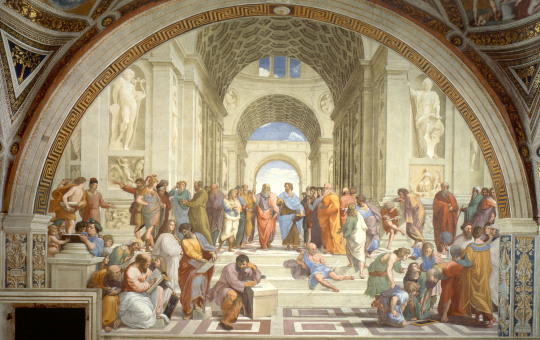
Fig 1.0 Fresco of Raphael's Scuola di Atene (The School of Athens), 1509-11 (courtesy of the Musei Vaticani).
The School of Athens by Raphael Sanzio, or more accurately, Raphael and his studio. This elaborate wall mural is a fresco in the Stanza della Segnatura, Vatican. Measuring 584 cm in length, this artwork was made in 1509 and finished in 1511.
I think that this artwork is a phenomenal masterpiece. From a technical standpoint, it is no debate that the scale and the mastery of human figures are impressive. Every single aspect is carefully planned, apparent from the detail of the backdrop to the individually distinctive figures present in the artwork. The symbolism in this work represent the core of Philosophy through subtle means of the wall division, the composition, down to the character’s body language, where they are situated, and even from the clothes they wear. In this essay, I discuss what all of the previously-stated elements mean and how they come together to give this artwork its meaning, and its significance.
Before delving into analysis of the artwork’s components, it is important to discuss why this artwork was made. This wall mural is part of Pope Julius II’s commission to decorate his private library (Zucker and Harris). The room has four sides, with each side representing the four branches of human knowledge at the time of High Renaissance: Philosophy, Divinity, Poetry, and Justice. The School of Athens, located on the east wall, represents Philosophy and is directly facing Disputa, representing Divinity (Zucker and Harris).
This placement, and the fact that this artwork is no less impressive than Disputa, can be seen as one of the defining attitudes of the High Renaissance: secularization. Here, the religiosity and philosophy are seen as equals, alongside poetry and justice. This is a big step from pre-Renaissance times when religion tended to dominate and rule above all aspects of life (qtd. in Toman iii).
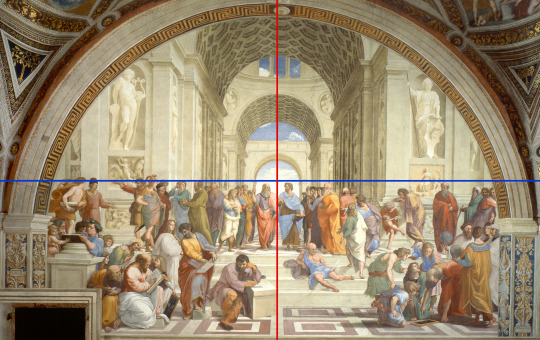
Fig 1.1 Imagined horizontal and vertical lines of The School of Athens.
Moving on to the aspects of form of the artwork itself, I will first talk about its composition. In Fig 1.1, it is shown from the horizontal blue line that “… below the vaulted architecture and celestial backdrop, [Raphael] set the assembly of philosophers in the lower half field, on earth” (Rosand). This means that Raphael deliberately separated man, who is concrete and earthly, from the abstract.
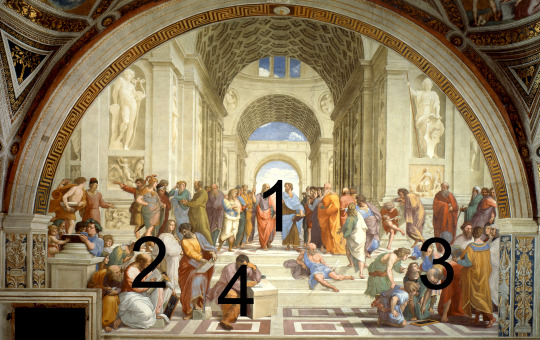
Fig 1.2 Areas of interest in The School of Athens, as labeled with numbers.
Next, the vertical red line between the two figures in the center of the artwork (Area 1 in Fig 1.2). This imagined line serves as a divider for the opposing school of thoughts in Philosophy: Plato, the older man on the left, represents the ethereal and the abstract. He represents the belief that “… there is a realm that is based on mathematics, on pure idea that is truer than the everyday world that we see” (Zucker and Harris). Whereas Aristotle, the younger man on his right, represents the belief “… on the observable, the actual, [and] the physical” (Zucker and Harris).
This divide can be seen from the other characters’ placement in the artwork. In Area 2 (Fig 1.2), which is Plato’s side, are a cluster of people who are also concerned who explains the world from an abstract, cosmic lens (Rosand). This is contrasted by the group of people (Area 3) in Aristotle’s side, who explains the world through factual and concrete means (Rosand). I shall explain how I know the aforementioned observations through analyzing the elements, aspects of form, and the identity of each figure that makes up The School of Athens.
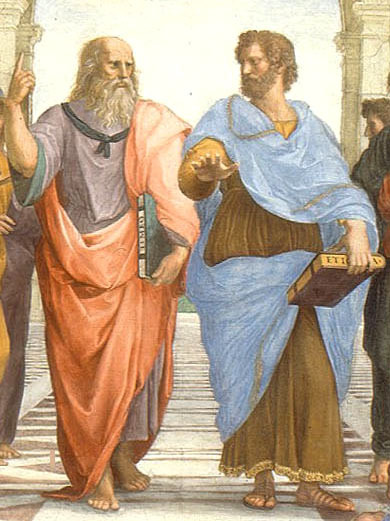
Fig 1.3 Zoom in of Plato and Aristotle.
First, the two main figures (Fig 1.3) in the center of the fresco (Area 1). They are separated from the others by the arc frame of the background. I have said before that the older man on the left is Plato, and the younger man is Aristotle, Plato’s pupil. They are also holding their own books, Plato with his Timaeus, and Aristotle with his Ethics. This section of the essay will highlight how the subject matter and design elements reflect the meaning of the divide in schools of Philosophy.
Plato, representing the ideal and the abstract, wears purple and red. “… The purple, referring to the ether, what we would call the air, [and] the red to fire, neither of which have weight” (Zucker and Harris). Whereas “Aristotle wears blue and brown, that is colors of earth and water, which have gravity [and] weight” (Zucker and Harris). This contrast between the abstract versus the concrete is further compounded by their body language: Plato, pointing up to the heavens, to the realm of high thinking, his bare feet just merely planted on the ground. Aristotle, his hand splayed downwards to the ground, wearing gilded sandals, feet firm on the tiles (Rosand).
Second, the homage to ancient antiquity, apparent in the pagan sculptures of Apollo on the top left and Athena on the right (Rosand). The design of the architecture, with coffered barrel vaults, pilasters, et cetera, is ancient Roman design as well. The god and goddess of the ancient times only reinforce the conceptual divide of the artwork, with Apollo, the god of music and poetry, things that are appropriately platonic (Rosand). Then there is Athena, the goddess of war and wisdom, who is more involved in the practical affairs of man (Zucker and Harris).
The architecture design, which is equal throughout the artwork, represents the unifier in this artwork full of divides. They serve as a reminder that even though there is a fundamental divide in perspective, all of them are still under the same branch, Philosophy (Rosand).
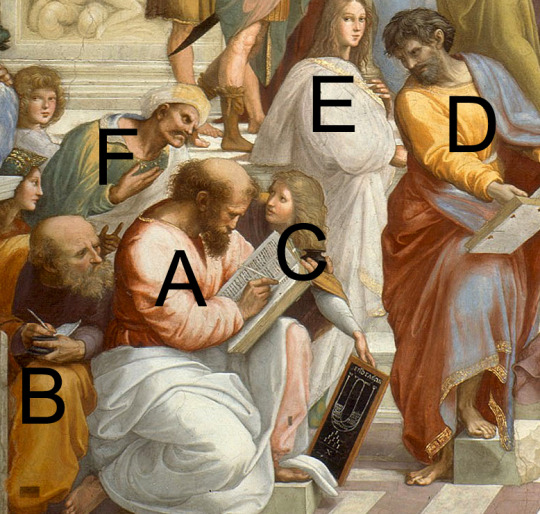
Fig 1.4 The labeling of figures in Plato’s side using capital alphabets from A to F.
Third, the groups of people on Plato’s lower side in Area 2 (Fig 1.2). These figures are labeled with letters (Fig 1.4). Though the identities of many of the figures here is much debated, since Raphael did not leave any notes or annotations, let’s agree for the sake of discussion that:
A: Pythagoras, a Greek philosopher and mathematician who is arguably in the center of this group gathering. He sought to discover the mathematical principles of reality through musical harmony and geometry (Rosand).
B: Boethius, a Greek philosopher who wrote The Consolation of Philosophy (Lahanas).
C: Anaxagoras, a Greek philosopher that correctly explains solar eclipses and the presence of small particles (atoms) in all objects (Agutie).
D: Parmenides, a Greek philosopher who founded the method of reasoned proof for assertions (Agutie).
E: Hypatia, an Alexandrian philosopher, mathematician, and astronomer. She is considered to be the most famous student in the School of Athens (Lahanas).
F: Ibn Rushd (Latin: Averroes), a Spanish-Arab philosopher who wrote commentaries on almost all of Aristotle’s writings and major works of Plato (Agutie).
All of the figures in this cluster are concerned with the cosmic, bigger-picture truths, echoing Plato’s ideals. Moreover, two figures in this cluster deserve special attention: Hypatia and Ibn Rushd. Hypatia’s placement in Plato’s side is reminiscent of Plato’s principle of women’s equality (Fakhry), in fact she is the only woman in the whole artwork. On the other hand, Ibn Rushd’s placement in Plato’s side is curious, since he is more associated with Aristotle’s works more so than that of Plato’s (Fakhry). Even so, Raphael must be commended for including a woman as an equal with men and a Muslim figure, which was seen as radical and out of line in his era.
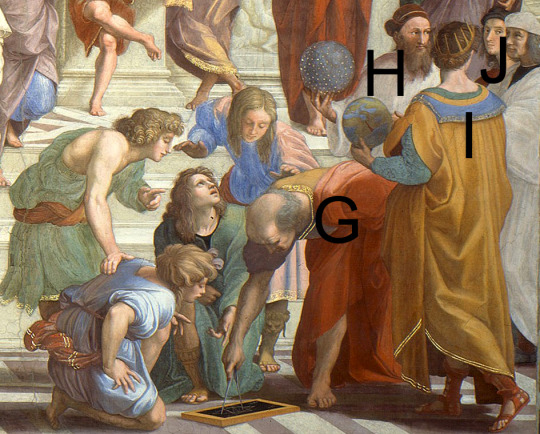
Fig 1.5 The labeling of figures in Aristotle’s side using capital alphabets from G to J.
Fourth, the group that represents Aristotle’s way of thought in Area 3 (Fig 1.2), concerned with the physical and the concrete. They are labeled with letters (Fig 1.5), with identities as follows:
G: Euclid, a Greek mathematician. He is the father of geometry and is seen bent down, applying geometry with a compass to a tablet, flat on the ground (Rosand).
H: Zoroaster, a Greek astronomer, founder of Zoroastrianism, holding a celestial orb (Agutie).
I: Ptolemy, the royal astronomer, who was the first to believe that all heavenly bodies revolve around the earth (Agutie).
J: Raphael, the artist himself in black, and his mentor in art, Sodoma, in white (Lahanas).
The figures in Aristotle’s side are arguably more interesting than Plato’s, as there is more diversity in terms of the principles that the figures represent. Of course, they are all still united in their more earthly and human-centric concerns, but the inclusion of the artist’s self-portrait is the main highlight of this area of interest. For Raphael to include himself is a historical statement, as stated by Dr. Beth Harris, “… here, the artist is considered an intellectual, on par with some [of] the greatest thinkers in history” (Zucker and Harris).
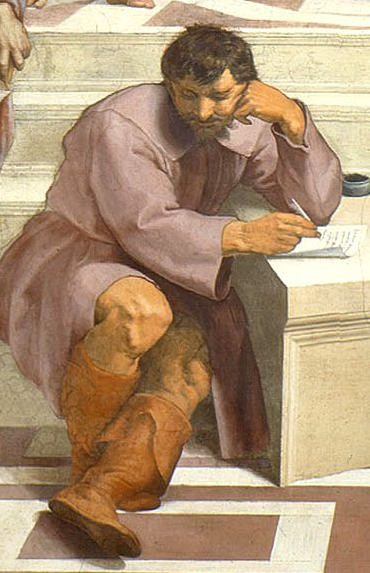
Fig 1.6 Zoom in detail of Heraclitus.
Last, but certainly not least, is the lone figure of Heraclitus (Fig 1.6), an ancient philosopher that sits and thinks alone, separated from the others (Area 4 in Fig 1.2). What makes this figure stand out is the fact that he is a deviation from the orthogonal perspective of the whole artwork. Apart from Diogenes, who is sprawled on the steps, also by himself, Heraclitus feels out of place in the artwork. This is because Heraclitus was actually added after the fresco was finished (Rosand).
At this point, I will discuss the personal aspect that Raphael weaved throughout this commission; Heraclitus’ figure is one of them. The model for this ancient philosopher is actually based off of Michelangelo, and this insertion, this acknowledgment of the older artist is very curious in of itself. The personal antipathy between them is well known; Raphael, the sociable and cultured artist was intensely disliked by Michelangelo, the brooding and melancholic artist, who accused him of stealing his ideas from the Sistine ceiling (Hale 274). For Raphael to include him in his impressive fresco can be said as an homage or a tribute to Michelangelo (Rosand). This speaks of Raphael’s respect and regard for the other artist despite their differences.
Heraclitus is not the only figure who is modeled after someone else –in fact, most of the major figures in this artwork are modeled after someone else- take, for instance, Plato who is actually modeled after Leonardo da Vinci (Toman 336), an artist that highly inspired Raphael. For him to model Plato, the central figure of his fresco and one of the greatest thinkers of all time after Leonardo is a significant honor to his person. Another instance is Euclid. The geometer is actually modeled after Bramante the architect, Raphael’s friend and professional companion (Toman 336). His tribute for Bramante doesn’t end there; the architectural design of the background is actually inspired by Bramante’s architectural design and vision (Martindale 83).
All of the analysis of the components, and how even the smallest things contribute to a greater meaning, is the main reason why I think this artwork is phenomenal. If anything is to be obvious from my essay, is the amount of planning, effort, and thoughtfulness that Raphael did for this fresco. For me, personally, there is nothing more impressive than a successful execution with an underlying concept that is well thought of in every step of the way. In this, I am very pleased with Raphael’s technical skill to make something so legible on an intimidating scale, yet still retaining a degree of thoughtfulness that is apparent in every single dot of his fresco.
To further compound this, I am not the only one who thinks that this artwork is extraordinary. The School of Athens has received high regard from the moment of its completion, even until the present day. The Stanza della Segnatura has been a famous tourist attraction because of the wall frescoes that Raphael made, and The School of Athens is arguably the main attraction in the Vatican Palace.
Most importantly, however, is Raphael’s own influence on the High Renaissance, and what follows after. As Johan Huizinga, a Dutch art historian has stated:
The Renaissance marks the rise of the individual, the awakening of a desire for beauty, a triumphal procession of joyful life, the intellectual conquest of physical realities, … a dawning of consciousness of the relationship of the individual to the natural world around him (qtd. in Toman i).
To attribute all of those values of the Renaissance to just The School of Athens is optimistic at best and naïve at worst, but it is worth acknowledging that The School of Athens is one of the main highlights of the High Renaissance, and certainly sums up the entirety of the High Renaissance. In this light, Raphael deserves much acclaim, as written by Luitpold Dussler in his book Raphael:
Raphael has left an indelible mark on art. He revolutionized portrait painting … and epitomized the style which has come to be known as High Renaissance. … Perhaps Raphael’s greatest achievement is that he appeals on all levels and makes something profoundly deep and complex appear simple and comprehensible (qtd. in Hale 275).
In conclusion, the value of Raphael’s The School of Athens is that it is invaluable. It was significant by the time it was completed, and is still significant even today, more than five hundred years later. More than just a room decoration, it speaks of the general perspective of Philosophy during the early 16th century. Raphael’s ability to condense such a difficult, multi-faceted discipline into a thoughtful work of art that can be appreciated by anyone, at any level, is a testament to his remarkable technical skill and conceptual knowledge.
I will end my essay with one conviction: that The School of Athens is one of the definitive artworks of the High Renaissance, and I hope that the significance of attributing an entire period to one single artwork is realized and acknowledged.
Works Cited
Zucker, Steven and Beth Harris. “Raphael, School of Athens.” Smarthistory. 27 Jul. 2014. 3 Nov 2017.
Toman, Rolf. Introduction. The Art of the Italian Renaissance. Germany: Könemann, 1995. Print. i, iii, 336.
Rosand, David. “Raphael’s Fresco of The School of Athens in the Stanza della Segnatura of the Vatican Palace.” Columbia University. New York. N.d. 3 Nov 2017.
Lahanas, Michael. “The School of Athens, ‘Who is Who?’ Puzzle.” Hellenica World. N. d. 3 Nov 2017 <http://www.hellenicaworld.com/Greece/Science/en/ SchoolAthens.html>.
Agutie. “Raphael (1483-1520): The School of Athens, 1509. Interactive Map.” Geometry from the Land of the Incas. 13 Jul 2014. 3 Nov 2017 <http://agutie.homestead.com/files/school_athens_map.html>.
Fakhry, Majid. Averroes (Ibn Rushd) His Life, Works and Influence. London: Oneworld Publications, 2001. N. p.
“Raphael.” Encyclopaedia of the Italian Renaissance. Ed. J. R. Hale. Lindon: Thames and Hudson,1981. Print. 274-275.
Martindale, Andrew. Man and the Renaissance. London: Paul Hamlyn Limited. 1966. Print. 83.
#raphael#the school of athens#athens#fresco#mural#renaissance#art#stanza della segnatura#vatican#city#plato#aristotle#scuola di atene#essay#analysis#heraclitus#michelangelo#philosophy#steven zucker#beth harris#rolf toman#david rosand#michael lahanas#agutie#majid fakhry#andrew martindale#italy#italian#malphigus#malphiguswrites
38 notes
·
View notes
Text
INALA TO PLAY ROYAL ALBERT HALL FOR ONE NIGHT ONLY
INALA TO PLAY FOR ONE SPECTACULAR NIGHT ONLY AT THE ROYAL ALBERT HALL, Wednesday 23 October 2019, to Celebrate World Ballet Day and Black History Month.
With Special Guest Dancers from the Royal Ballet and Rambert.
INALA, the critically acclaimed South African Dance-Musical sensation, will celebrate World Ballet Day on Wednesday 23 October with a concert spectacular at the Royal Albert Hall, bringing together the South African choral legends, Soweto Gospel Choir with multi-award-winning choreographer Mark Baldwin OBE in this unique artistic collaboration. A celebration of South Africa today, INALA delivers all it promises; an uplifting cultural experience, powered by an explosion of live music, song and dance.
Following INALA’s smash hit run at the Peacock Theatre earlier this year, INALA was performed at HRH Prince Harry’s Hampton Court Palace Sentebale Concert in June, as well as in Singapore at Marina Bay Sands. The production, which premiered at the Edinburgh International Festival in 2014, has now also enjoyed a sell-out run at London’s Sadler’s Wells, two UK tours and a Royal Variety Performance appearance, in the presence of TRH The Duke and Duchess of Cambridge.
The three-time Grammy® Award-winning Soweto Gospel Choir will return to London with a company of 16 singers, joining the nine-strong band and 13 international dance stars on stage.
INALA, meaning ‘abundance of goodwill’ in Zulu, was originally conceived and developed to mark 20 years of South African democracy with a glorious collaboration by four-time Grammy® Award-winning South African choral legends Ladysmith Black Mambazo, the British composer Ella Spira and former First Artist of the Royal Ballet Pietra Mello-Pittman. The music for INALA was recorded at Abbey Road Studios and was Grammy® Award nominated in 2016 for Best World Music Album. Baldwin, who headed Ballet Rambert for 15 years winning a host of awards, was subsequently awarded an OBE for Services to Dance.
Blending the intricate rhythms and infectious harmonies of Soweto Gospel Choir’s native musical roots with live percussion, piano and strings, Mark Baldwin’s choreography unites Zulu traditions with classical ballet and contemporary dance.
Featuring world-class international dancers, the production embraces an exhilarating fusion of South African and Western cultures live on stage, to create a unique and vibrant immersive experience.
Confirmed dancers for INALA at the Royal Albert Hall include BBC Young Dancer 2017 winner Nafisah Baba (Chrysalis London, Phoenix Dance Theatre), Elly Braund (Richard Alston Dance Company), Joshua Harriette (Michael Clark Company, Ballet Black, Matthew Bourne New Adventures, Richard Alston Dance Company), Sharia Johnson (Michael Clark Company, Richard Alston Dance Company, Rambert), Nahum McLean (Richard Alston Dance Company, West Side Story tour), Hicaro Nicolai (Voices of The Amazon, Hoje é Dia de Maria Musical, É Proibido Miar The Musical, Ballet Jovem Minas Gerais, Voices of the Amazon), Yasmin Priyatmoko Bohn (ŻfinMalta Dance Ensemble), Nicholas Shikkis (Richard Alston Dance), Adelene Stanley (Frontier Danceland) and Jason Tucker (DeNada Dance Theatre, Arielle Smith Company, Richard Alston Dance Company) and Ashleigh Wilson (Peter Schaufuss Ballet/International Arts Collective),
INALA’s costumes are designed by acclaimed designer and former taxidermist Georg Meyer-Wiel, and the show has sound design by Adrian Rhodes and lighting by Ben Cracknell.
INALA has a dynamic social impact and schools programme and has drawn in audiences who number an average of 37% first time theatre attendees.
For the Royal Albert Hall performance, with the added relevance of falling in both Black History Month and on World Ballet Day, the producers are offering 1,000 tickets free of charge to London communities who would not normally have the opportunity to attend a ballet or West End show.
This initiative to ensure their audience is representative of the diverse, multicultural makeup of the capital city mirrors their work – their outreach programme at The Peacock, partnered with Mosaic, a Prince’s Trust initiative, saw around 1,000 secondary school students schools from under-privileged areas of London to attend to the performances free of charge. The young people had opportunities to meet and ask questions of the cast as well as use the visits to develop artistic ideas in their schools. Many of the attendees had never before had an opportunity to see any form of live theatre, dance or music. The programme was a great success and the impact evaluation saw teachers and students feeding back a range of benefits, including improved wellbeing, a greater interest in pursuing creative subjects and also an improved connection to other cultures:
‘I would watch INALA again due to the fact that it separated us from the outside world and words would not be able to contain how I really feel about the show other than it was AMAZING’. – Student, Lambeth College
Performance Date(s):
Wednesday 23 October 2019
Performance Time(s):
7.30pm
Address:
ROYAL ALBERT HALL
Kensington Gore
London, SW7 2AP
Box Office:
020 7589 8212
URL:
https://www.royalalberthall.com/tickets/events/2019/inala/
1 note
·
View note
Text
Creative Team Biogs
Lizzie Hopley - writer, script and songs
Lizzie Hopley was born in Liverpool and trained at Manchester University and RADA. As a writer, her sitcom pilot Green won Pozzitive Television’s’ Funny Dot Comp 2021(with Olivia Mace) and her TV series Bloody Betty is currently in development with Showem Entertainment. Radio plays include Salome (Drama on 3), The Elizabethan Beauty Law (Radio 4) and The Cenci Family (starring Sally Hawkins, nominated for a Sony Academy Award & a Richard Imerson 1stplay award). Her debut theatre play Pramface was awarded the Plat de Jour at Edinburgh Festival 2005. She took a year out in 2017 to work full time as a comedian to create a blog: Diary of a Stand Up Virgin. As an actress, her TV and film work includes S3 of Brassic, Little Boy Blue (ITV), Luther (BBC), Cary Fukunaga’s Jane Eyre, Pierrepoint with Timothy Spall, The Thirteenth Tale with Vanessa Redgrave, The Day of the Triffids (with Dougray Scott & Eddie Izzard). Notable theatre work includes an international tour of Tis Pity She’s a Whore with Cheek by Jowl and the RSC’s Roaring Girls Season.
Lizzie’s work with Creation Theatre Company began in 2004 when she appeared as Beatrice in Much Ado About Nothing. She has since written several shows including The Snow Queen, The Oxford Passion, Tales from Hans and Aladdin and in 2020, co-created digital Zoom play, The Merry Wives of WhatsApp.

Ryan Dawson Laight - Designer
Ryan studied Design at the University of Brighton he has gone on to work both nationally and internationally. Ryan works with clients from initial design concept, through to final production, and his style is born out of the unique collaborations that occur on each project. He is an Associate Designer for Creation Theatre and an Associate Lecturer in Theatre Design at the University of Chichester.
Currently: National Youth Dance Company’s new work choreographed by Alessandra Seutin, Good Youts Walk for Botis Seva, Hunchback of Notre Dame for NYMT.
Theatre includes: My Son’s A Queer But What Can You Do (Turbine Theatre), My Brilliant Friend (National Theatre, Associate Costume Design for Soutra Gilmore); Pinocchio, The Wizard of Oz, Crossing Lines, Sleeping Beauty, Beauty and the Beast, Peter Pan, A Christmas Carol, Grimm Tales, The Tiger Who Came To Tea (all for Chichester Festival Theatre). Associate Designer at Creation Theatre. Recent work for the company includes Grimm Tales, Alice: A Digital Wonderland, Don Quixote, The Tempest, The Snow Queen, Peter Pan, Brave New World, Swallows and Amazons, Dracula, A Christmas Carol, Alice in Wonderland, Hamlet, Macbeth, As You Like It, Henry IV, King Lear and Treasure Island; Torch Song (Turbine Theatre, dir. Drew McOnie); for Le Gateau Chocolat: Duckie (Royal Festival Hall), Icons (Edinburgh Festival), Black (Unity Theatre Liverpool/Soho Theatre) and Le Gateau Chocolat (Menier Chocolate Factory); HMS Pinafore, Chess, Blondel and The Mikado (Union Theatre national tours); for the Brit School: Landmines (Oval House), Sticky and Infinite Joy (Southwark Playhouse); Chip Shop The Musical (Octagon Theatre Bolton); Ice Cream Opera (Freedom Arts Studio).
Dance includes: Botis Seva's BLKDOG (Sadler’s Wells, Olivier Award Best New Dance 2019); Blak Whyte Gray (Boy Blue/Barbican, Olivier Award Nomination 2018); REDD (Boy Blue/Barbican Theatre); Madhead(NYDC/Sadler's Wells); Wasteland, Coal (Gary Clark Company, UK Theatre Award for Achievement in Dance); Toro, Mariposa, Ham and Passion (DeNada Dance Theatre); Drew McOnie's Drunk (Leicester Curve/Bridewell Theatre) and Good Morning Midnight (Jermyn Street Theatre); Genius (Anjali); New Ways Of Living (Pink Fringe Brighton); Je Suis (Aakash Odedra Company/Lillian Baylis Studio, Sadler’s Wells); Ruffle (Carlos Pons Guerra/Rambert Dance/Lowry Theatre); Hear Hear (Deaf Men Dancing, Sadler’s Wells).
Education: Ryan has been a visiting designer and lecturer at BRIT School (Croydon), University of Chichester, Aiglon College (Switzerland), ALRA, London Studio Centre, Northern School of Contemporary Dance, Trinity Laban, Tring School of Performing Arts, as well as delivering workshops for the Victoria and Albert Museum, Working Title Films, Chichester Festival Theatre, and his own workshops from his studio (Backstage Design Workshop).
Olivia Mace - Song Arrangements and Musical Director
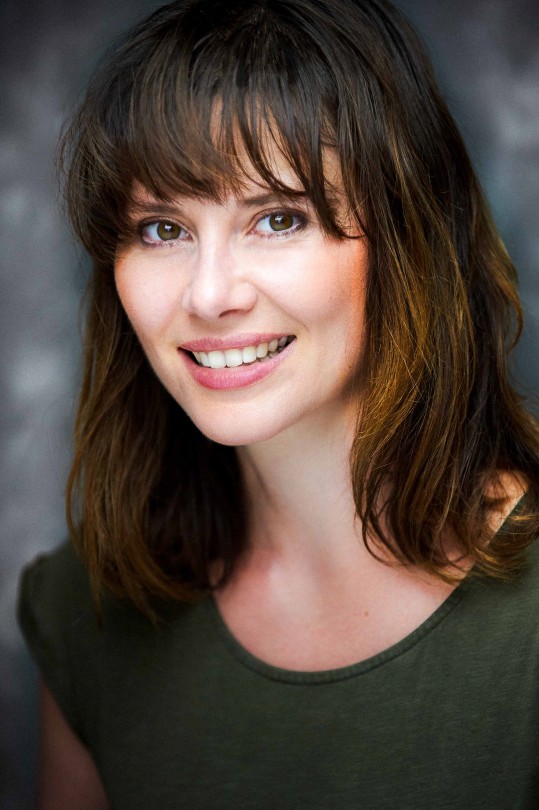
Olivia is an actor, dramatist and composer. Composer credits include: Right Swipe (Amazon Prime), Dirty Word (Crazy Coqs Cabaret Theatre), Caravantomime (Robin Linde Productions). Writer-Composer credits include: Bleak House (Creation Theatre), Playing the King (Creation Theatre) The Emperor’s New Clothes (Small Truth Theatre) and Fresco (rehearsed reading recital, the Waterloo East Theatre). Olivia co-created and performed in musical improvisation cabaret show Blinkface (Crazy Coqs and Hoopla Theatre) and her satirical music videos (Hipster Hop, You Know All The Signs, Ring Out The Bell Ends, Alexander Johnson and Alt Right ladies) can be found on YouTube.
Kate Webster - Movement Director

Kate trained at RWCMD and Trinity Laban Conservatoire of Music and Dance. Movement and choreography for theatre includes; Twelfth Night (Orange Tree Theatre), Beauty and the Beast (Key Theatre), Mushy (Watford Palace and tour), Henry V (Barn Theatre), Peter Pan (Key Theatre), Diminished (Hampstead Theatre), Daisy Pulls it Off (The Park Theatre), Vanity Fair (Middle Temple Hall) A Christmas Carol, Wind in the Willows and Oh What a Lovely War! (Haymarket, Basingstoke), T5 (Roundhouse Theatre for DryDance).
Movement for Opera: The Unravelling Fantasia of Miss H (festival tour), Orpheus in the Underworld (Blackheath Halls).
Movement for Screen; Corrupted (music video), 2/10 (music video) and Heavy Shoes (music video) for Rebecca Levy.
Performance includes; Travelling Light (National Theatre), The Double Falsehood (Charing Cross Theatre), The Sea (Theatre Royal, Haymarket), Lear (The Sheffield Crucible) and The Soul of Ch’ien-nu Leaves Her Body (The Young Vic).
0 notes
Photo

No fluxo... #violao @giannini_brasil #som #muitosom #nao #é #de #brinquedo #meu #caro #pseudo #vamos #tocar #mais #e #falar #menos #denada #wakeup #inguz #thisiswhereyouremeanttobe #feedthefire #😈 #🙊 (at Wake Up School and Studio)
#🙊#som#thisiswhereyouremeanttobe#tocar#falar#denada#feedthefire#muitosom#caro#pseudo#é#nao#wakeup#de#😈#vamos#e#violao#mais#menos#brinquedo#inguz#meu
2 notes
·
View notes
Photo
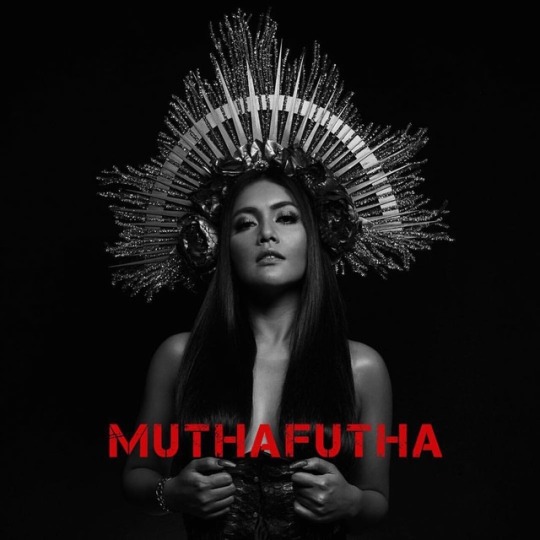
Cover shoot for Denada @denadaindonesia 📍 @projectxstudio #bali #fashion #photographer #fashionphotographer #fabiolorenzo #projectxstudio #bw #blackandwhite #monochrome (at Project X Studio)
#bw#blackandwhite#photographer#monochrome#fabiolorenzo#fashion#bali#projectxstudio#fashionphotographer
1 note
·
View note
Text
Tweeted
Putri Denada Shakira Jadi Semangat Dan Bisa Tertawa Setelah Lihat Video Dari Mimi Peri Ini: https://t.co/WLktAzdtSW via @YouTube
— Andira Studio (@AndiraStudio) August 9, 2018
0 notes
Video
Junior CALAWAK BANJAR - TAK PERNAH - DENADA (PONGDUT) WANVIS Studio
0 notes
Video
SCTV AWARD GR @denadaindonesia @viavallen #ibu #king #denada #singer #indonesia #sctvaward (at Studio 6 Emtek City Daan Mogot, Jakarta)
0 notes
Photo
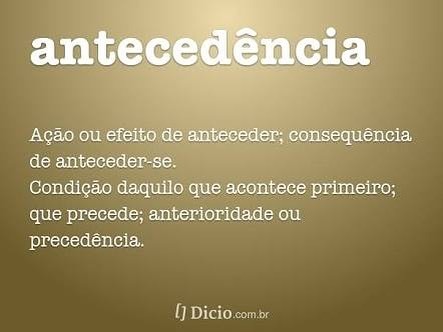
E nem terminou a minha semana... #ficaadica #denada #🤦🏽♂️ #thisiswhereyouremeanttobe #antecedência (at Wake Up School and Studio)
0 notes
Photo
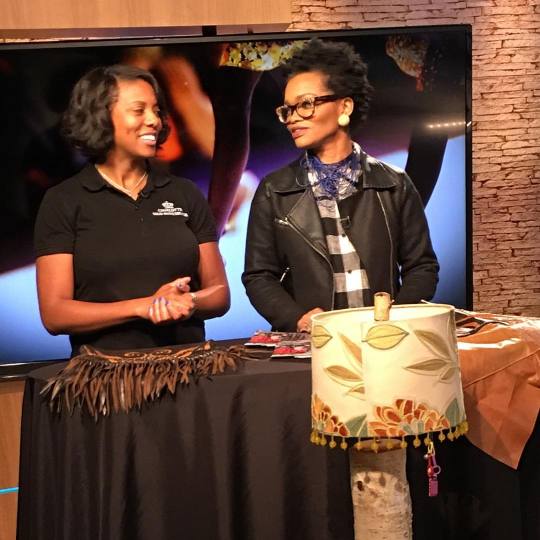
before the @bouncetv interview with Denada Jackson (where we discussed #REPURPOSED: An Upcycled Fashion Show + Auction)--additional details in @crownkeepers bio #repurposedclt #sincerelyswat #prevention #cltarts #design #designer #bouncetv (at WBTV Studios)
0 notes
Photo

Pantura show... Denada Hairdo by Yazid Dress by Aditya with Yazid_A, #ADC, and King at Studio penta SCTV – View on Path.
0 notes